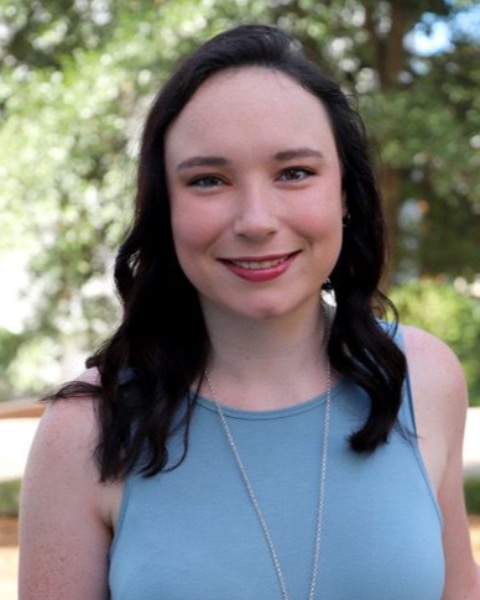Disaster Mental Health
COVID-19 Community Response-Efficacy Moderates the Relationship Between Perceived Threat and COVID-19 Anxiety Symptoms: Differences Across Racial-Ethnic Groups
(PS1-A15) COVID-19 Community Response-efficacy Moderates the Relationship Between Perceived Threat and COVID-19 Anxiety Symptoms: Differences Across Racial-ethnic Groups

Blakely Murphy, B.A.
Clinical Psychology PhD student
The George Washington University
Washington, District of Columbia- CR
Cynthia A. Rohrbeck, Ph.D.
Associate Professor
The George Washington University
Washington, District of Columbia - PW
Philip Wirtz, Ph.D.
Associate Professor
The George Washington University
Washington, District of Columbia 
Ashley E. Reed, B.A.
graduate student
The George Washington University
Washington, District of Columbia- NT
Nicholas W. Talisman, Ph.D.
Research Consultant
The George Washington University
Washington, District of Columbia - ND
Nicolas Dearcangelis, None
Undergraduate Research Assistant
The George Washington University
Washington, District of Columbia
Author(s)
Co-Author(s)
An abundance of evidence exists for COVID-19-related increases in psychopathologies 1 and perceived threat as an antecedent of anxiety2. Yet, factors which buffer the negative impact of threat perceptions on mental health (e.g., COVID-19 community response-efficacy [CCRE]), and whether such buffering operates similarly across racial-ethnic groups with different cultural worldviews, have been underexplored. We address this gap by 1) investigating the relationship between perceived threat and COVID-19 anxiety with CCRE as a moderator, and 2) testing three-way interactions to see if the moderating effect of CCRE varies across racial-ethnic groups. Based on Social-Cognitive Theory3, Intolerance of Uncertainty Theory4, and literature suggesting that the buffering effect of CCRE may be stronger for collectivists5, we hypothesized that: 1) CCRE buffers the deleterious effect of threat on COVID-19 anxiety, and 2) this buffering effect is stronger among racial-ethnic minorities than Whites.
College students from a national US Prolific panel (N=384 participants; 49% female; 52% European American, mean age=21) completed self-report measures including the Perceived Threat Scale6, the Coronavirus Anxiety Scale7, and the COVID-19 Community Response Efficacy Scale8 using Qualtrics. Participants self-identified their race(s) and provided additional demographic information. In analyses, all non-White individuals were combined in a BIPOC (Black, Indigenous and People of Color) group.
As hypothesized, CCRE significantly moderated the relationship between threat and COVID-19 anxiety. However, a three-way interaction revealed that CCRE buffered the relationship only among the BIPOC group; interestingly, CCRE amplified the relationship among Whites. These results remained significant when controlling for gender and income, potential confounds.
Our findings suggest that CCRE may be an important buffer of the relationship between perceived threat and COVID-19 anxiety among racial-ethnic minorities, but paradoxically, not for Whites where it seems to amplify the relationship. Recommendations made by authority figures intended to serve community interests during the pandemic (e.g., social distancing and mask mandates) may be more important to the BIPOC group than the Whites, given the tendency of racial-ethnic minorities to hold collectivistic worldviews that emphasize the importance of maintaining group harmony, prioritizing group needs, and respecting authority5. Thus, those who value obligations to societal needs may be more likely to believe in the effectiveness of implementing recommendations to avert the anxiety-provoking threat of COVID-19 in their communities, leading to increased impact of CCRE on the threat-anxiety relationship within the BIPOC group. Future research should examine how moderators vary by racial-ethnic subgroups. In addition, preventative interventions for college students during the COVID-19 pandemic and beyond may need to tailor potential buffers to specific subgroups. 1Cypryanska & Nezlek, 2020 2Burns, 2014 3Bandura, A., 1986) 4LeBlanc, Frost, & Wight, 2015 5Zhang et al., 2022 6Wirtz, Rohrbeck, & Burns, 2017 7Lee, 2020 8Rohrbeck, Talisman, & Reed, 2020.

